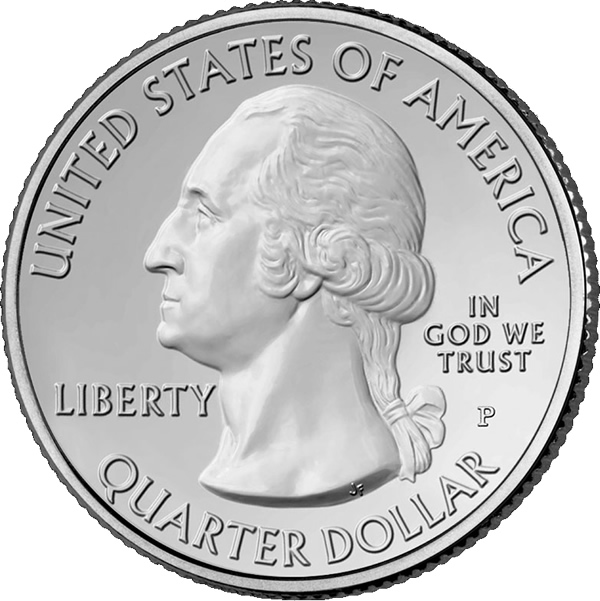Okay, I had to do some digging to find what I wanted here Scott.
Notice in 5.16 "except corners in connection material and beam copes". The 1" is for other cut materials, whatever that means. The commentary makes this very clear: "The code does not specify a minimum radius for corners of beam copes of hot rolled beams or welded built-up cross sections..." So, we are talking about other items with corners termed "re-entrant corners". This does not apply to WF beams with copes at the ends for connection clearance. The code does not address those applications and tells us that is an arbitrary condition because of the variations of beam sizes and cope sizes.
Now, while AISC does give a 1/2" radius guideline it calls it an "approximate minimum radius". I have seen many plans called out with 3/8" minumums for radius size. And remember, the engineer is allowed to call it anything he wants according to D1.1 Clause 1.4 (the add to, delete from, etc clause).
So, I work similar to John, I use a nickel on 3/8" radius and a quarter on 1/2" radius copes.
Now, if you go by the illustrations in the commentary for D1.1 Clause 5 (Figure C-5.2 to be precise) you will notice several alterations of copes that are allowable as well as some illustrations of unacceptable ones because of notches.
If we go to the code and notice that in most applications copes only need to be ground when certain conditions apply then we need to see what roughness is acceptable. Both AISC and D1.8 will have some guidelines slightly more strict for Seismic applications but in D1.1 for standard applications you will need to compare the torched edge of the cope to your sample #3 or 2 of the C4.1 plastic sample for torch cut edges. As long as the roughness does not exceed those parameters they need not be ground unless there is a deeper notch than the 3/16 allowed by the code, see Clause 5.15.4.4. Then, the notch will need to be addressed for slope values stated in the code. (It is amazing how many inspectors don't even know what this gauge is let alone do they have one in their kit)
Using a key, fingernail, or any other arbitrary means of detecting undercut, notches, roughness, etc is totally bogus and no more code compliant than welders not using rod ovens. Inspectors using such techniques are no better than the welders they constantly complain about. There is a right and wrong way to do everything. They must use the proper tools, which cost money, to document the sizes of any discontinuities they would report and ask the contractor to repair. Otherwise they haven't a leg to stand on. BTW, I do own a set of radius gauges when really needed, but the nickel and quarter is always in my watch pocket.
Just my two tin pennies worth.
Have a Great Day, Brent

